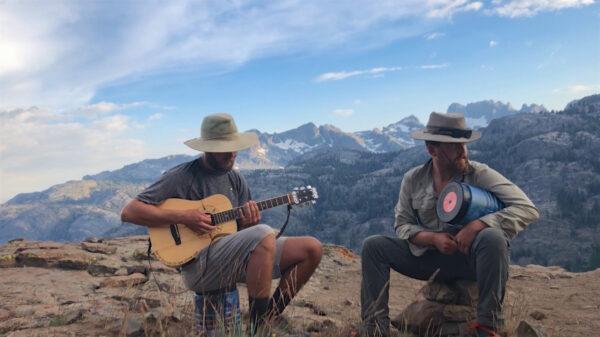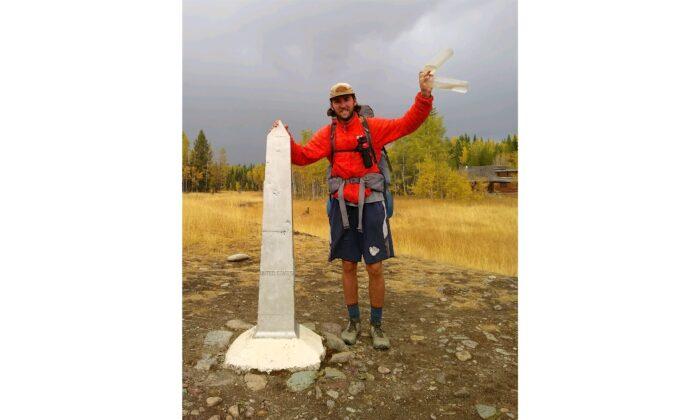For three years, 25-year-old Eddie Janicki had felt content working as a civil engineer on a skyscraper-construction project in downtown Seattle. Then he met with the company’s financial adviser. The adviser told him if he continued down the same path, he could retire around age 60. Janicki thought, “That’s great,” but later remembered that his grandmother had experienced her first symptoms of Huntington’s Disease at age 60. An inherited disease, Huntington’s causes a progressive breakdown of nerve cells in the brain, resulting in physical and mental deterioration. Janicki knew his mother had a 50 percent chance of inheriting it, and if she got it, Janicki would have a 50 percent chance of getting it.
Janicki said it was like a light bulb going off in his mind: “Why do I want to work my whole life and then retire just to deteriorate in retirement, not having done a lot of things?” So in 2018, Janicki took a leave of absence and accepted an earlier invitation from his best friend and his friend’s brother to hike the first leg of the Triple Crown: the 2,650-mile Pacific Crest Trail (PCT). They completed the trail, which leads from Southern California through Oregon and Washington to the border of British Columbia, in five months. “I think people should try to live their lives throughout their lives,” Janicki says, “in the strength of their health and their youth, instead of waiting to do things in retirement.”
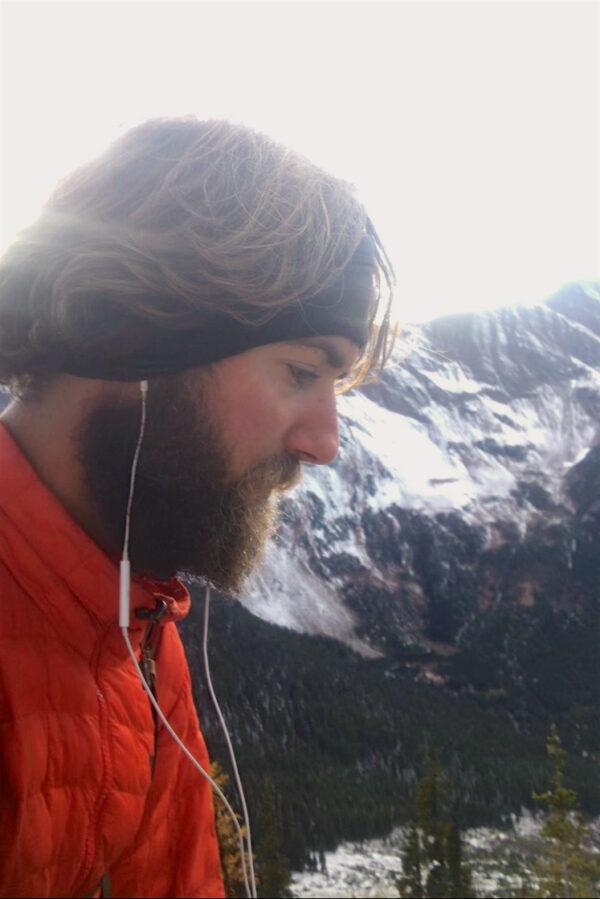
In 2020 Janicki hiked the 3,028-mile Continental Divide Trail (CDT), from the New Mexico–Mexico border to the Montana–Canada border.
Now in 2022, Janicki is hiking the last leg of the Triple Crown: the 2,193-mile Appalachian Trail (AT) that passes through 14 states between Georgia and Maine. “In general,” Janicki says, the disease spurred him “to say yes to more things, and be grateful on a daily basis” about his health right now.
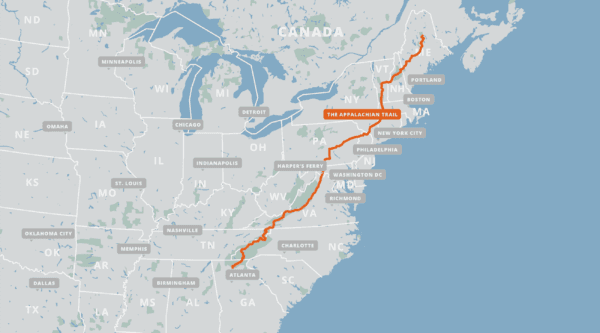
So Far So Good
One week into the trail, Janicki is feeling good. He’s hiking alone but looks forward to friends and family joining him for short stretches of the trail. On average, Janicki walks 15 miles a day, but will occasionally do 25 miles. He once accepted a 24-hour-challenge and hiked 52 miles on the CDT without sleep. “It’s just a weird experience,” he says, “when you’re sleep-deprived and hiking in the middle of the night with the headlamp. You start hallucinating. ... But it’s late in the trail, when you’re kind of in the good zone, and your body becomes a hiking machine.”On the day of this interview, Janicki was taking a “zero” day in a motel in Blairsville, Georgia, resting, doing laundry, buying groceries, and eating “a ton of food.” “On the trail,” Janicki says, “it’s impossible to get enough calories in the day for me, so a lot of it is just learning to cope with the feeling of being hungry.” When hiking, his favorite go-to meal is a Ramen Bomb: top ramen mixed with tuna, peanut butter, and honey. Along with protein bars and granola, Janicki also takes MiO electrolytes and a daily multi-vitamin.
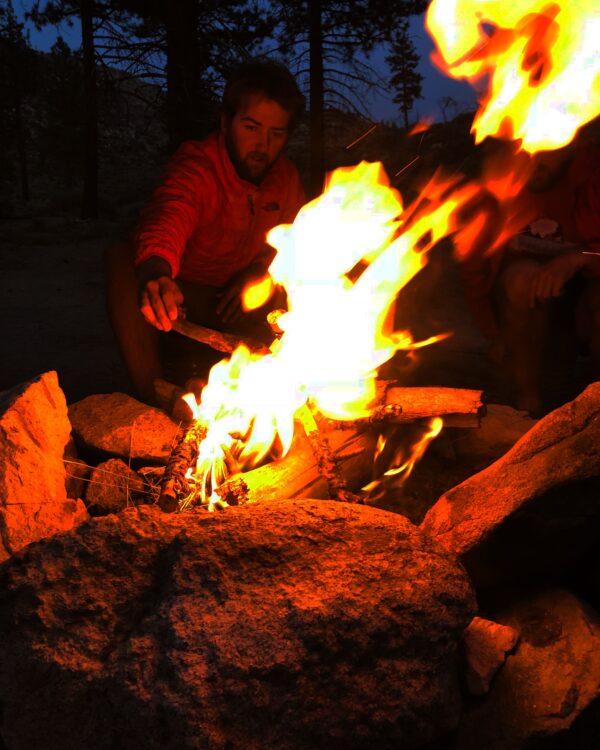
A Mental Challenge
“It’s much more of a mental challenge than a physical challenge to hike one of these trails,” Janicki says. “If you have mental struggles, anxiety, maybe depression, those will be laid bare on the trail.” For Janicki, it comes down to having a positive attitude: “I am a prayerful man. I pray every day even if it’s just short, and that helps me get through.” He also emulates Native-American practices of expressing thankfulness toward nature. For example, when he’d get to a big Yucca tree as he hiked through the desert of the CDT, he’d make it a habit to thank the tree for its shade and thank God for providing the tree. That would get him into a “more positive line of thinking.”Dealing With Loneliness
On the PCT, Janicki met hundreds of hikers. By contrast, he hiked the CDT during the pandemic and hardly met anyone. The first week was the hardest, dealing with the heat and missing his girlfriend. Janicki felt like quitting. But then he’d visualize his girlfriend and think, “I’m thankful for my girlfriend. Man, if I was home, I imagine walking in and seeing her doing her homework at her desk, and maybe she has her headphones in, and there’s music going, and she’s twiddling her hair cause she’s in a good groove, and then boom! I’m uplifted instead of put down.”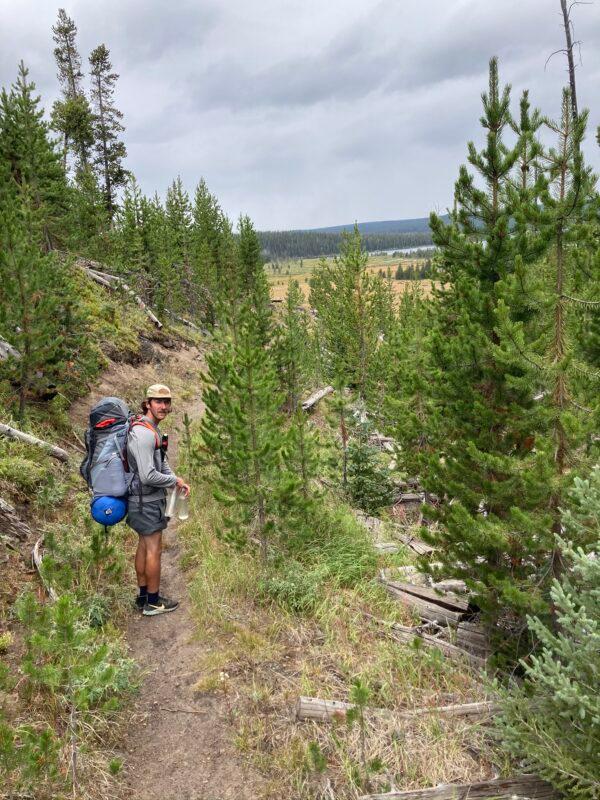
Scariest Time
It’s hard to avoid a few scares on the trail, including unpredictable moose and rushing grizzly bears. One of the worst times for Janicki occurred as he hiked across a snowy-mountain ridge on the CDT. He plunged through the snow and except for his backpack snagging on the ground, would have fallen down a bottomless pit. Carefully, he lifted up his arms without dislodging more snow and “spider-crawled” his way out of the hole. He crawled across the remainder of the traverse to safety and then laid down for an hour, waiting for his heart to calm.For Janicki however, the scenery, the people he meets, and the sense of accomplishment make it worthwhile. “It’s made me a more confident person and a stronger and more resolved person. ... I feel like I can take these experiences and tackle anything in life.”
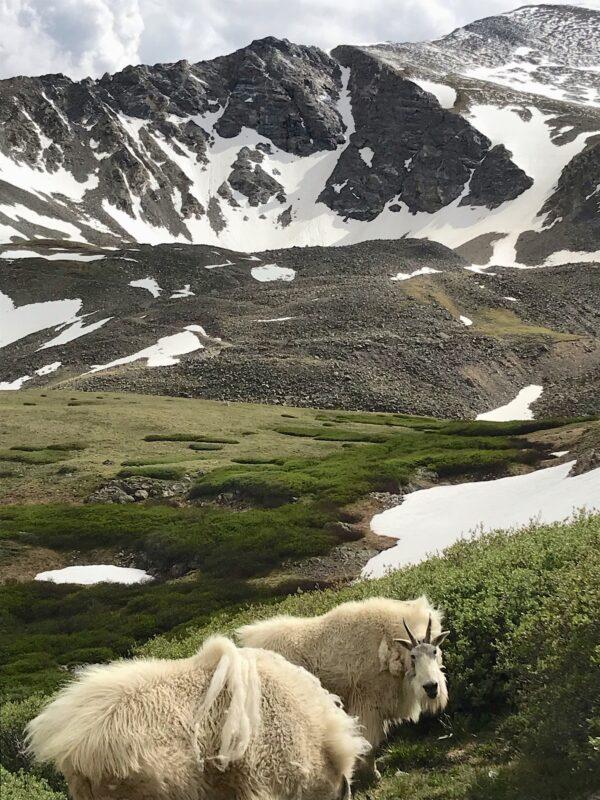
Advice for Others
What advice would Janicki give to those considering an undertaking like this? “Stop worrying about the x’s and o’s too much and just commit to doing it.” Janicki doesn’t worry about the naysayers, knowing he can’t help what others think. Instead, he hopes to motivate others: “If you’re really passionate about something and you follow through with it, you’ll find that people get energy off that in their daily lives. They won’t be as stressed driving through traffic to work; they’ll be slightly more motivated to do a better job today. I’ve got little texts like that from people I haven’t talked to in years. It goes back to positive energy and it goes a long way.”You can follow Janicki’s Appalachian Trail hike on Instagram: @eddiejanicki
